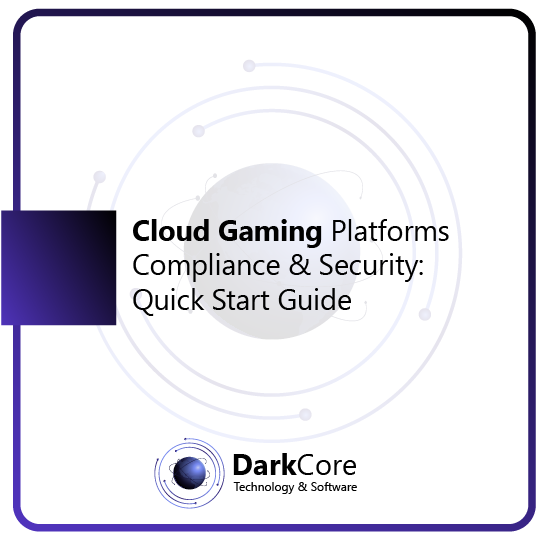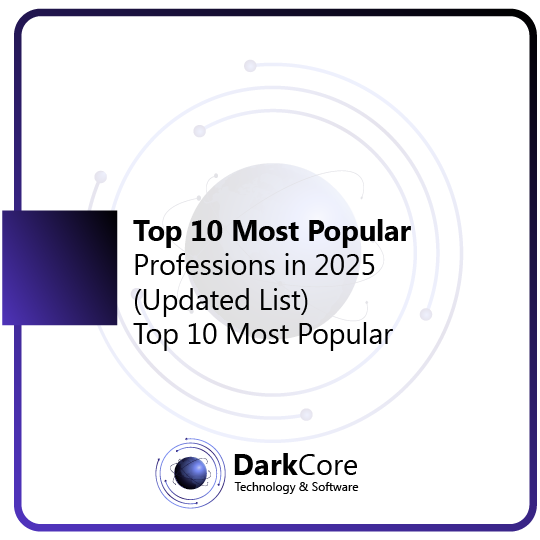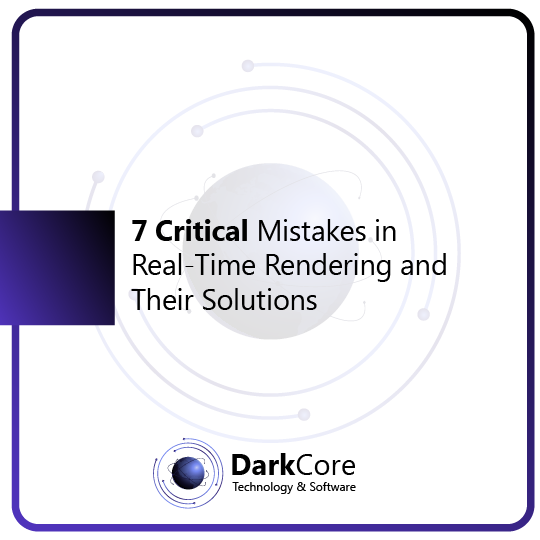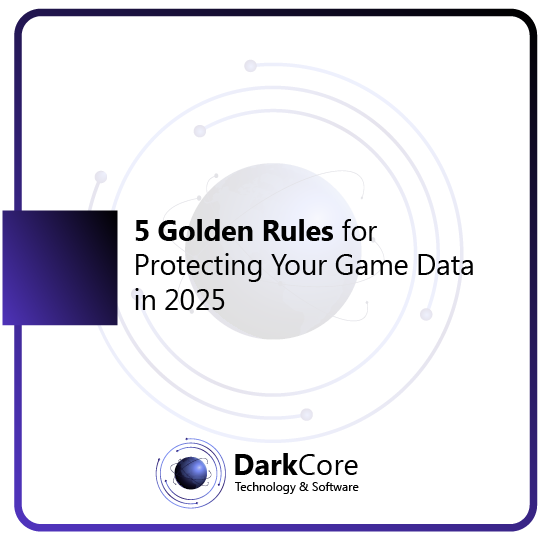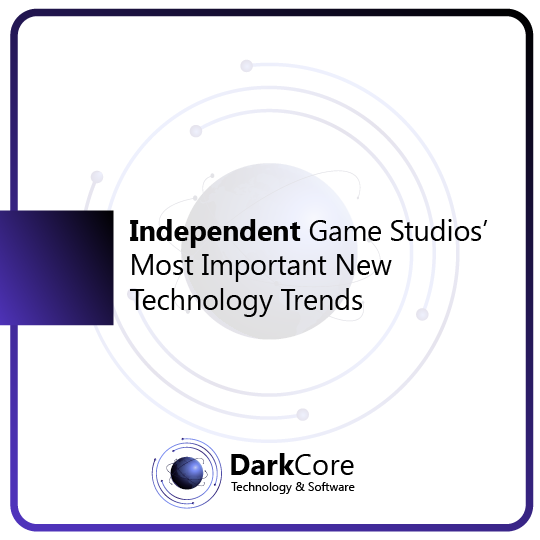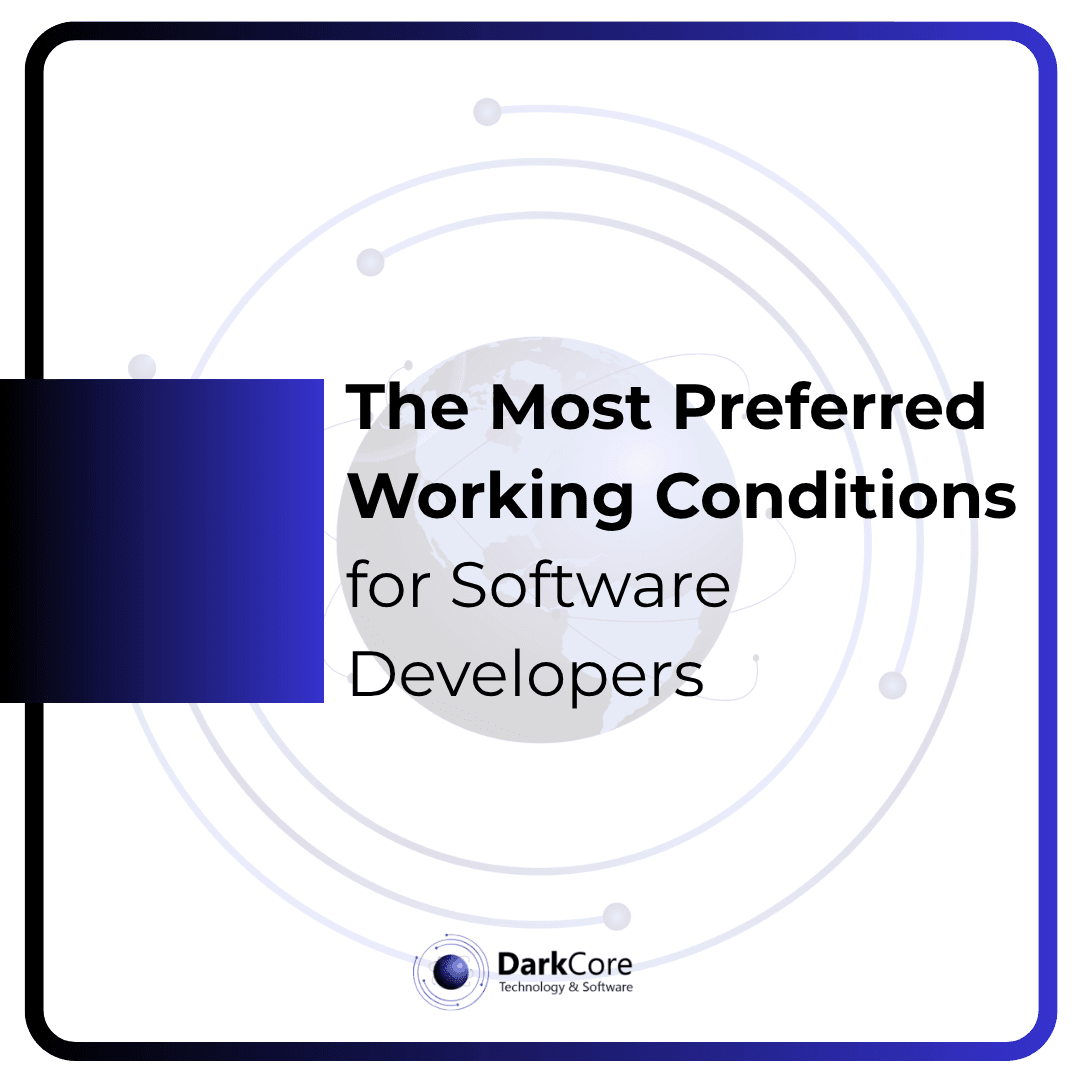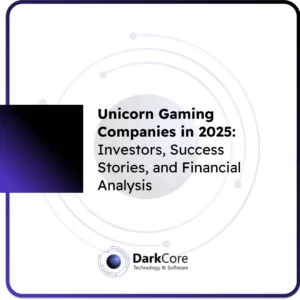Cloud gaming platforms offer scalability and accessibility to publishers and developers, but introduce new challenges in data security and regulatory compliance. This quick start guide covers key compliance standards (GDPR, ISO/IEC 27001) and cloud security architectures.
1. Data Protection Regulations
The Data Protection Regulations (GDPR) Layer ensures legal requirements and data privacy at every stage—from collection to deletion of player data:
1.1. Legal Basis & Agreements
- Data Processing Agreements (DPA): A GDPR-compliant DPA, defining scope, purpose, and duration, is signed with every third-party provider and sub-processor.
- Transparency & Consent Management: Comprehensive privacy policies and consent screens clearly inform users which personal data is processed, for what purposes, retention periods, and user rights (access, correction, deletion, data portability).
1.2. Data Minimization & Anonymization
- Least-Data Principle: Only mandatory fields (username, email, non-GDPR metadata) are collected; optional data is processed only with explicit consent.
- Pseudonymization / Anonymization: Profile data, financial transactions, and chat logs are stored using tokens or irreversible hashes that decouple real identity. Analysis uses only anonymized derivatives.
1.3. Geographic-Specific Storage & Access Controls
- Cloud Provider Configuration: In AWS, Azure or GCP, dedicate separate storage buckets per EU country/region (e.g. eu-central-1, west-europe). Favor single-region policies over multi-region replication, and enforce region-scoped IAM roles.
- KMS Key Management: Create distinct Customer-Managed Keys (CMKs) in each region; Key Policies grant access only to that region’s applications and ops teams. Enable automatic key rotation.
1.4. Data Lifecycle Management
- Retention & Deletion Policies: Use Object Lifecycle Rules or Blob Lifecycle Management to meet GDPR “unnecessary data deletion” obligations—e.g. purge seldom-accessed logs after 30 days, player profile snapshots after 6 months.
- “Right to be Forgotten” Automation: When a deletion request is made via API or portal, all related datasets (databases, blobs, libraries) undergo hard delete and registry update through CRUD-auditing services.
1.5. Auditing, Reporting & Continuity
- Audit Trails: Log all data accesses and deletions via CloudTrail, Azure Monitor or GCP Audit Logs, forwarding to SIEM—capturing who, when, from which IP, and what dataset.
- Periodic Compliance Testing: Conduct annual or major-release GDPR audits by the Data Protection Officer (DPO); feed any gaps into CAPA (Corrective and Preventive Action) plans.
1.6. Data Residency & Transfers
- Geographic Restrictions: Use VPC Endpoints and PrivateLink to restrict data access to EU-only networks.
- International Data Transfers: Where sharing outside the EU is required, employ Standard Contractual Clauses (SCC) or the EU-US Data Privacy Framework.
This layered approach guarantees both GDPR compliance and full data residency on DarkCore’s platform, minimizing legal risk and strengthening user trust.
2. Identity & Access Management (IAM)
The IAM Layer enforces least-privilege end-to-end in the cloud—strictly isolating human users and service accounts.
2.1. Fine-Grained Policy Definitions
- Fine-Grained Policies: In AWS IAM use JSON policy docs; in Azure AD use RBAC and Conditional Access; in GCP IAM use resource hierarchy and IAM Conditions—to grant only the minimal CRUD permissions per resource (e.g. S3 bucket, VM, Key Vault).
- Service Account Segregation: Create distinct service accounts for app, CI/CD, monitoring, and backups—each with only the roles needed (e.g. write to S3, read from RDS).
2.2. Temporary & Conditional Access
- Ephemeral Credentials: Leverage AWS STS, Azure Managed Identities, or GCP Workload Identity Federation to issue short-lived, auto-rotating credentials instead of static keys.
- Just-In-Time (JIT) Access: Use Azure PIM, AWS IAM Access Analyzer, or GCP IAM Recommender to grant critical roles on request and approval—users request via portal, admins authorize for a fixed time window.
2.3. Policy-as-Code & CI/CD Integration
- Policy-as-Code Frameworks: Define infra in Terraform, CloudFormation or Azure Bicep plus Sentinel, Checkov or AWS Config Rules for automated policy checks. CI pipelines auto-reject invalid or overly broad changes.
- Pipeline Roles: Grant CI/CD service accounts only the resource permissions needed for deployments (e.g. a front-end pipeline gets write access to S3 and CloudFront only).
2.4. Multi-Factor & Conditional Access
- MFA Requirement: Enforce MFA (TOTP, FIDO2) for console, SSH, and API access by all human users.
- Context-Aware Conditional Access: Apply restrictions based on location, device health, or network (corporate VPN), blocking or requiring extra verification for high-risk sessions.
2.5. Monitoring, Logging & Anomaly Detection
- Audit Logs: Capture all IAM events (role assignment, policy changes, token assumes) via CloudTrail, Azure Activity Logs or GCP Audit Logs, forwarding to SIEM.
- Anomaly Alerts: Detect unauthorized or unusual assume calls with behavior-based models and alert security teams instantly.
2.6. Periodic Access Reviews & Certification
- Access Reviews: Quarterly team-based reports flag unnecessary roles for revocation.
- Certification Workflows: Annual approval cycles for critical positions (team leads or DPO sign-off), with automation tools (SailPoint, Saviynt) triggering reminders for missing sign-offs.
This comprehensive IAM strategy isolates humans, service accounts, and processes—ensuring least privilege and minimizing unauthorized-access risk in DarkCore’s cloud infrastructure.
3. Encryption Practices
The Encryption Layer combines end-to-end security with mature key management for both in-transit and at-rest data:
3.1. Secure Transport (TLS/SSL)
- Modern TLS Configuration: Enforce TLS 1.2+ (prefer TLS 1.3) with ECDHE key exchange for Perfect Forward Secrecy.
- Strong Cipher Suites: Use AEAD modes (AES-256-GCM, ChaCha20-Poly1305); disable weak or CBC algorithms.
- Certificate Management: Automate renewal via ACME (Let’s Encrypt or enterprise CA), enable Certificate Transparency, OCSP stapling, and pinning for critical services.
3.2. At-Rest Encryption
- Disk-Level Encryption: Use LUKS or BitLocker to encrypt OS volumes and database storage.
- Managed Service Encryption: Enable AES-256 “transparent data encryption” or “server-side encryption” in RDS, Cosmos DB, Cloud Storage.
- Field-Level Encryption: Envelope-encrypt PII or financial fields in the application layer—never store them in plaintext.
3.3. Key Management & Rotation Policies
- KMS Integration: Use AWS KMS, Azure Key Vault or GCP KMS with HSM-backed CMKs; restrict access via IAM/RBAC.
- Envelope Encryption: Generate ephemeral data-encryption keys (DEKs) in-app, encrypt them with master KEKs in KMS.
- Key Rotation: Auto-rotate master keys every 90 days, DEKs every 30 days; maintain overlap windows to avoid outages. Support emergency key revocation to re-encrypt data only upon security team approval.
3.4. Access Control & Auditing
- Fine-Grained KMS Roles: Separate “KeyAdministrator,” “KeyUser,” and “KeyDeleter” roles for creation, decryption, rotation, and revocation.
- Audit Logging: Forward all KMS API calls (Encrypt, Decrypt, Rotate, Revoke) to CloudTrail/Azure Monitor/GCP Audit Logs and into SIEM/anomaly-detection pipelines.
3.5. App & Operational Integration
- CI/CD Processes: Manage KMS policies as code (Terraform, ARM/Bicep) with automated linting/tests.
- Secret Management: Inject secrets at runtime via managed identities—never hard-code keys or config.
This layered encryption approach ensures top-tier transport and storage security, robust key lifecycle management, and full auditability—meeting both performance and compliance needs on DarkCore’s platform.
4. Network Security Layers
The Network Security Layer delivers multi-tier isolation and dynamic attack mitigation across both horizontal and vertical defenses:
4.1. VPC & Subnet Isolation
- Define separate VPCs or CIDR blocks per environment (prod, staging, dev) and workload (web, services, databases).
- Use distinct public/private subnets: only bastion hosts and load balancers are internet-facing; microservices and data stores reside in private subnets.
- Connect VPCs or AWS accounts via Transit Gateway or Peering, enforcing route-table and CIDR whitelisting from a central network control plane.
4.2. Security Groups & NACLs
- Stateful Security Groups: Grant minimal inbound/outbound ports per role (e.g. HTTP/HTTPS, SSH from bastion). Group by profile (web-sg, app-sg, db-sg).
- Stateless NACLs: At the subnet layer, quickly block bad IPs via ordered DENY/ALLOW rules.
- Microsegmentation: Restrict workload-to-workload communication using tag-based SGs or Kubernetes NetworkPolicies to prevent lateral movement.
4.3. DDoS Protection & Traffic Distribution
- CDN Integration: Cache static/dynamic content via CloudFront, Azure CDN or GCP CDN to reduce latency and absorb L3/L4 attacks at global edge nodes.
- Managed DDoS Shield: Use AWS Shield Advanced, Azure DDoS Protection Standard or GCP Cloud Armor to auto-detect and mitigate volumetric floods (UDP/SYN).
- Geo-Blocking & Rate Limiting: At CDN/WAF layer, enforce geo-based access controls and per-second request limits; throttle or CAPTCHA abnormal spikes.
4.4. Application-Layer Security (WAF)
- Layer 7 WAF Rules: Apply OWASP Top 10 managed rule sets (AWS WAF, Azure CRS, Cloud Armor) plus custom regex filters for SQLi, XSS, CSRF, etc.
- Bot Management & API Security: At API gateways, verify JWTs, HMAC signatures or OAuth tokens; combine bot-control modules with known bad-actor lists and behavioral fingerprinting.
- Dynamic Rule Updates: Integrate WAF policies into CI/CD (Terraform, ARM, Deployment Manager) for automated testing and rollout.
4.5. Monitoring, Logging & Incident Response
- Flow Logs & Packet Capture: Record VPC Flow Logs, NSG Flow Logs or Mirror Sessions; use pcap captures for forensic analysis when needed.
- SIEM/SOAR Integration: Forward CloudWatch, Azure Monitor or GCP logs into Splunk/Elastic/Sentinel; trigger SOAR playbooks to isolate, blacklist IPs or scale back on critical alerts.
- Pentest & Red-Teaming: Periodically simulate segmentation bypass and WAF evasion to uncover gaps and refine policies.
This comprehensive network defense-in-depth ensures both infra- and app-level resilience against physical and application-layer attacks.
5. Compliance Audits & Certification
The Compliance & Certification Layer aligns DarkCore’s ISMS and process maturity with global standards, boosting enterprise trust:
5.1. Certification Processes
- ISO/IEC 27001: Define scope and boundaries, conduct a thorough risk assessment, and document policies/procedures in a Statement of Applicability (SoA). Engage an accredited CB for Stage 1 & 2 audits; successful certification requires full ISMS implementation. Perform surveillance audits annually and full recertification every three years.
- SOC 2 Type II: Design controls per AICPA’s Trust Services Criteria (security, availability, integrity, confidentiality, privacy). SOC 2 Type I verifies control design; Type II validates operating effectiveness over a period. Annual Type II audits sample event logs and evidence.
5.2. Third-Party Audits & Continuity
- Auditor Selection: Contract independent, accredited firms (TÜV, BSI, Deloitte) with clearly defined scope, frequency, and reporting format (ISO 27001 Annex A, SOC 2 criteria mapping).
- Audit Schedule & Scope: Supplement annual oversight and recertification with interim audits after major system changes or growth phases. Non-conformities are reported in NCRs with root-cause analysis and CAPs.
5.3. Documentation, Evidence & Traceability
- Policy & Procedure Repository: Store core docs (ISMS Guide, BCP, Incident Response, Access Control Policy) with version tracking in a centralized DMS (SharePoint, Confluence).
- Evidence Collection: Pre-audit evidence binders include access logs, configuration change records, IAM approval trails, and training attendance lists. Electronic records are hashed to preserve integrity.
5.4. Continuous Monitoring & Internal Audits
- Internal Audit Team: At least annually, an independent team uses ISO 27001 audit checklists to systematically review processes and controls.
- Compliance Dashboards: Real-time SLA and control-performance metrics in Power BI or Grafana track non-conformity trends and CAP status.
5.5. Management Review & Improvement
- Executive Review Meetings: Annual leadership reviews assess audit findings, risk posture, KPIs, and CAP effectiveness.
- Continuous Improvement: Employ PDCA (Plan-Do-Check-Act) and integrate ISO 45001 practices—documenting lessons learned, policy updates, and new controls with assigned owners, timelines, and success criteria.
By following these steps, you can secure and compliantly operate your cloud gaming platform from both technical and legal perspectives.

